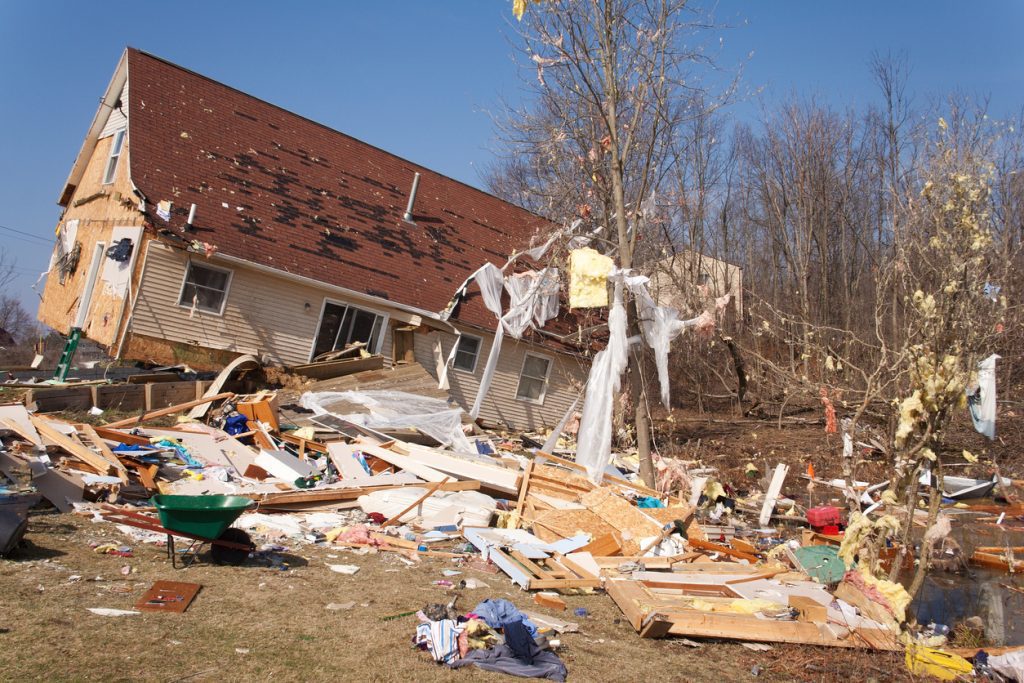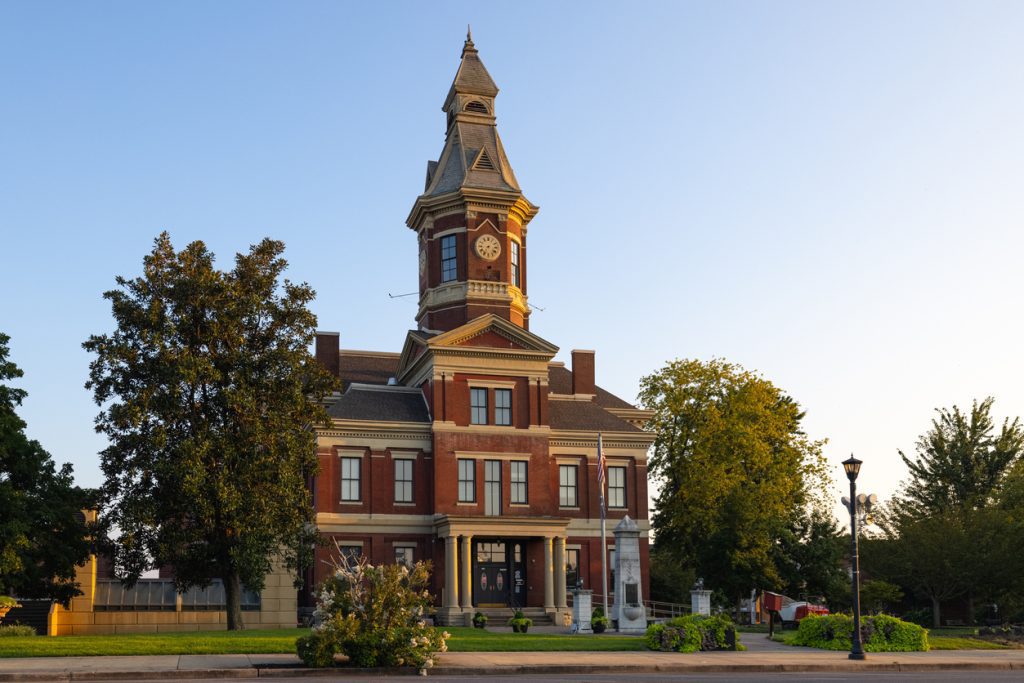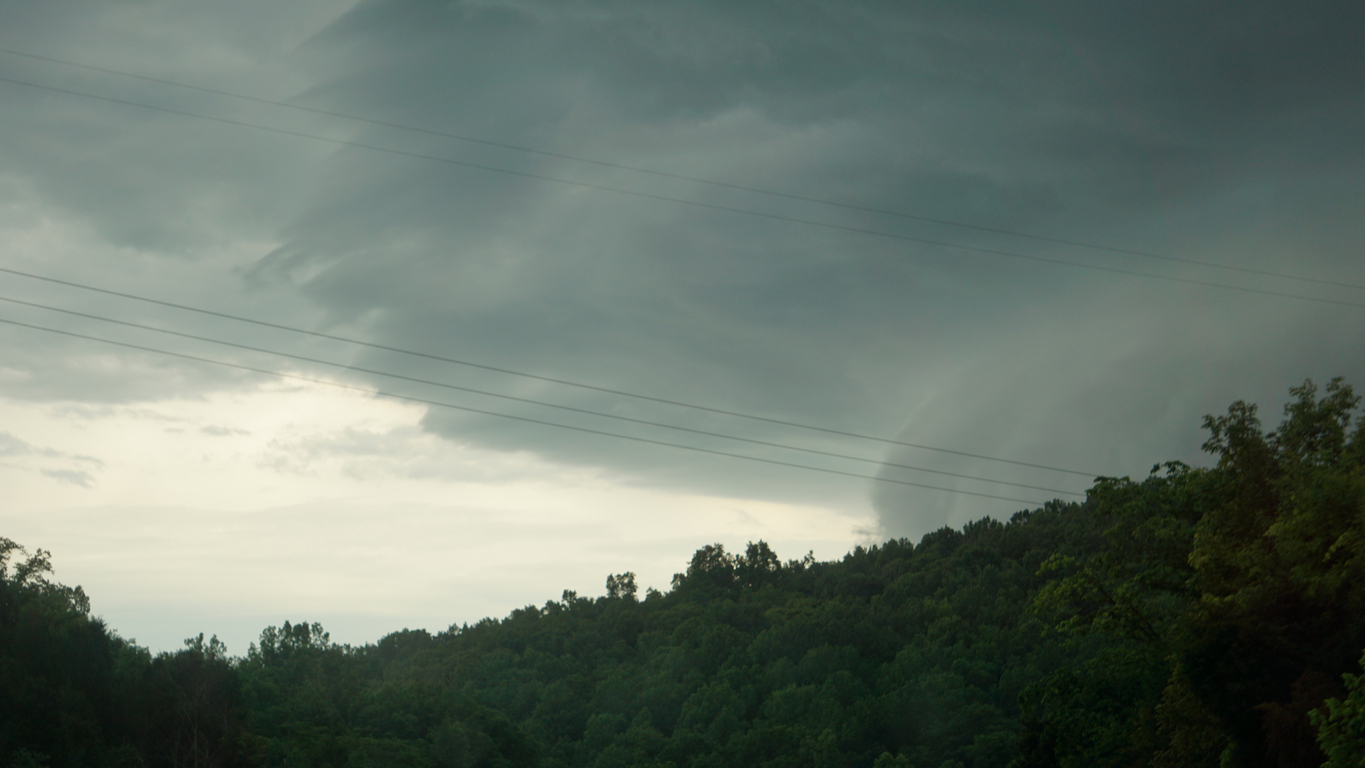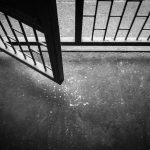Over the weekend, four tornadoes ripped through the western half of Kentucky. So far, government officials have predicted 70 deaths, but some estimates put that number above 100. One of the places hit hardest by the storms was the Mayfield Consumer Products factory, a candle factory in Kentucky.
After the storms passed, reports indicated that the Kentucky candle factory had more than 100 employees on the floor when the tornado came through. Officials have since confirmed that at least eight of those employees have died, but many others remain missing.
A simple Google search about the factory will get you stories about husbands looking for wives, coworkers pleading for help via Facebook Live and even a Graves County Jail worker, Deputy Robert Daniels, who passed away during the storms. But the role of incarcerated people in the Kentucky candle factory tragedy is one that needs to be told, too.
Seven incarcerated people were working at the factory when the storms hit.
Deputy Daniels was at the Kentucky candle factory during the tornado. There, he supervised seven incarcerated people working at the facility. According to 89.3 WFPL, all seven survived, but some sustained “non-life threatening” injuries during the storms.
According to The Paducah Sun, Graves County and Mayfield Consumer Products reached an agreement earlier this year to allow for prisoner labor. Under the arrangement, officials allowed “10 state inmates to work at MCP’s local candle producing factory.”
The Paducah Sun’s report didn’t disclose how much the incarcerated people would make for their work at the Kentucky candle factory. But it did indicate that “[a] portion of their income will also go back into the county, as well.”
According to 89.3 WFPL, incarcerated people from the Calloway County Jail also participated in the work program at the Kentucky candle factory. But it is not clear whether any of those individuals were on the floor over the weekend.

Incarcerated people don’t get workplace protections like the rest of us.
But questions are already swirling over the Kentucky candle factory’s decision to have employees on the floor after tornado warnings. For employees and their loved ones, it’s not a stretch to imagine how those questions could turn into a lawsuit eventually.
Yet, for incarcerated people, there won’t be any workplace protections on their side. The majority of incarcerated people in the U.S. work. The incarcerated people assigned to work at this Kentucky candle factory are among that group.
But they’re also among a group that has virtually no workplace protections. This is, in part, because the U.S. Constitution expressly allows involuntary servitude, i.e., slavery, as punishment for a crime.
The 13th Amendment and federal laws don’t protect incarcerated people.
Section 1 of the 13th Amendment to the U.S. Constitution states that “[n]either slavery nor involuntary servitude, except as a punishment for crime whereof the party shall have been duly convicted, shall exist within the United States, or any place subject to their jurisdiction.”
That exception — “except as a punishment for crime whereof the party shall have been duly convicted” — allows prisons to force incarcerated people to work.
Federal laws like OSHA expressly exclude incarcerated people from their protections, too. And even laws like the Fair Labor Standards Act, which don’t expressly exclude incarcerated people from their protections, have been interpreted to exclude them anyway.

But incarcerated people were at the factory anyway — and still are.
It’d be easy for this to be the end of the article. Incarcerated are put in danger at workplaces but don’t have adequate legal protections. That’s an important point. But there’s even more to this story.
Incarcerated people were working at that Kentucky candle factory when the storms came in. And they are still there, too. New reports are highlighting the fact that incarcerated people are “working their tails off” to help rescue those still stuck in the wreckage.
“They were helping,” Kyanna Parsons-Perez, who works at the Kentucky Candle Factory in Mayfield, told Weekend TODAY. “And to see inmates — because you know they could have used that moment to try to run away or anything — they did not. They were there. They were helping us.”
Yet, if you Google “Kentucky tornado inmate,” that’s not the story you’ll see.
Instead, you’ll read about one incarcerated person who allegedly escaped during the tragedy. And it’s probably this narrative that will eventually take over. It’ll take over even while incarcerated people work to save others during the Kentucky candle factory tragedy.






